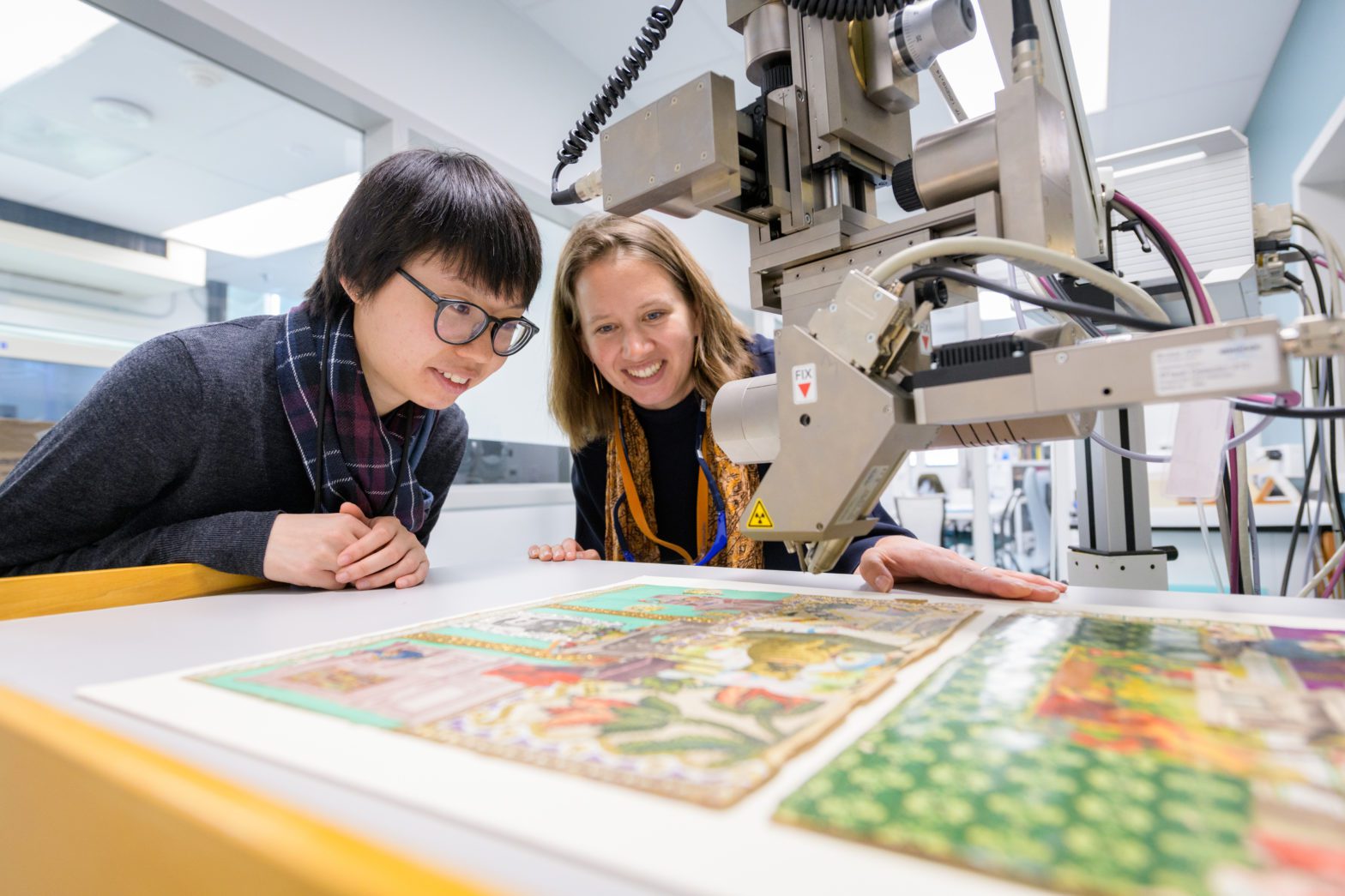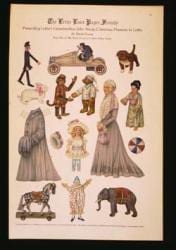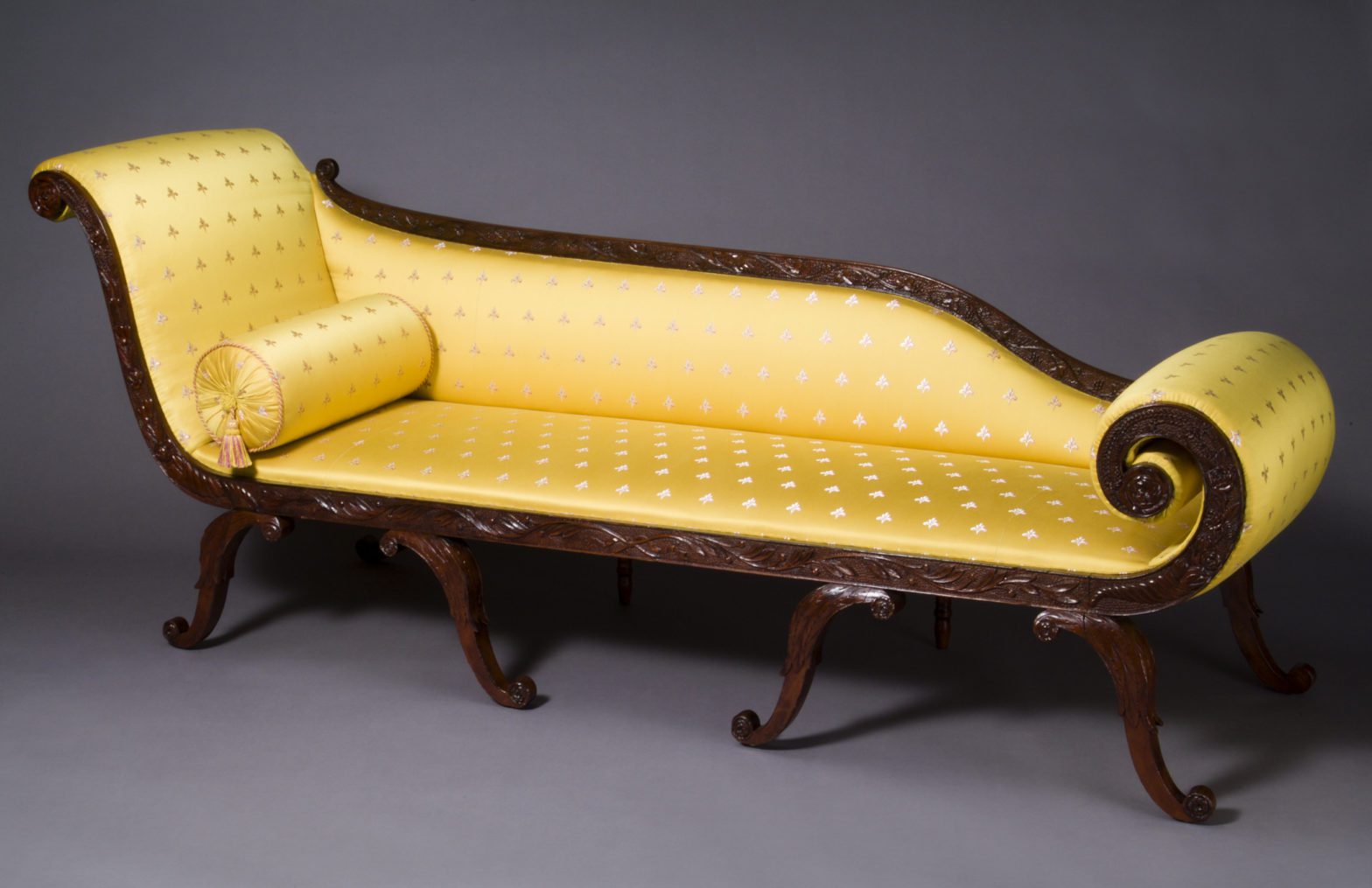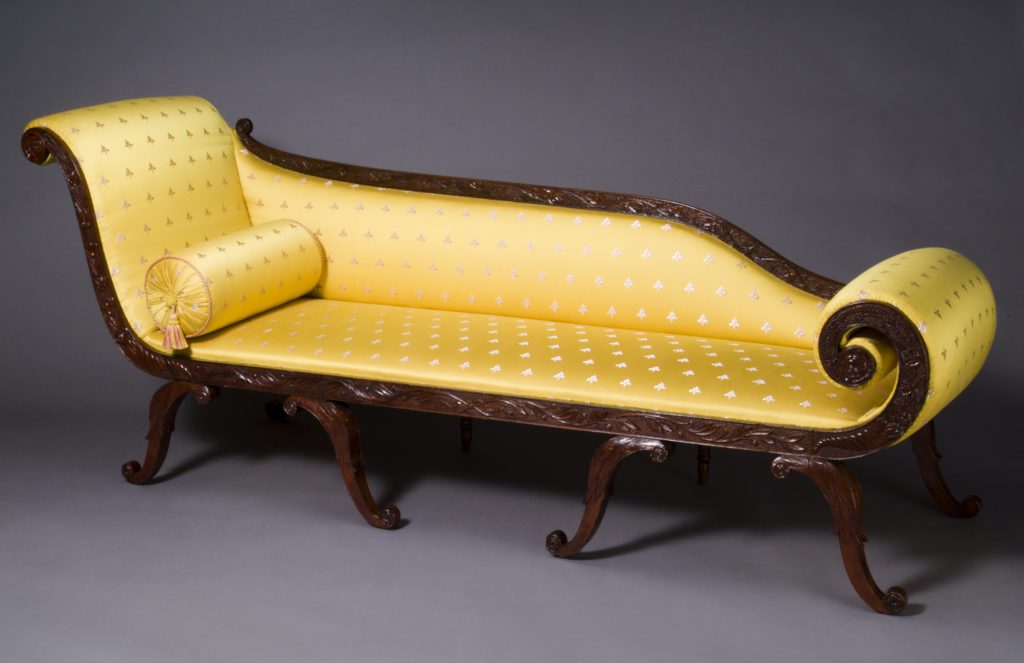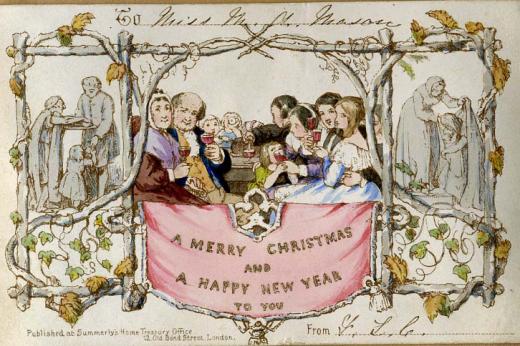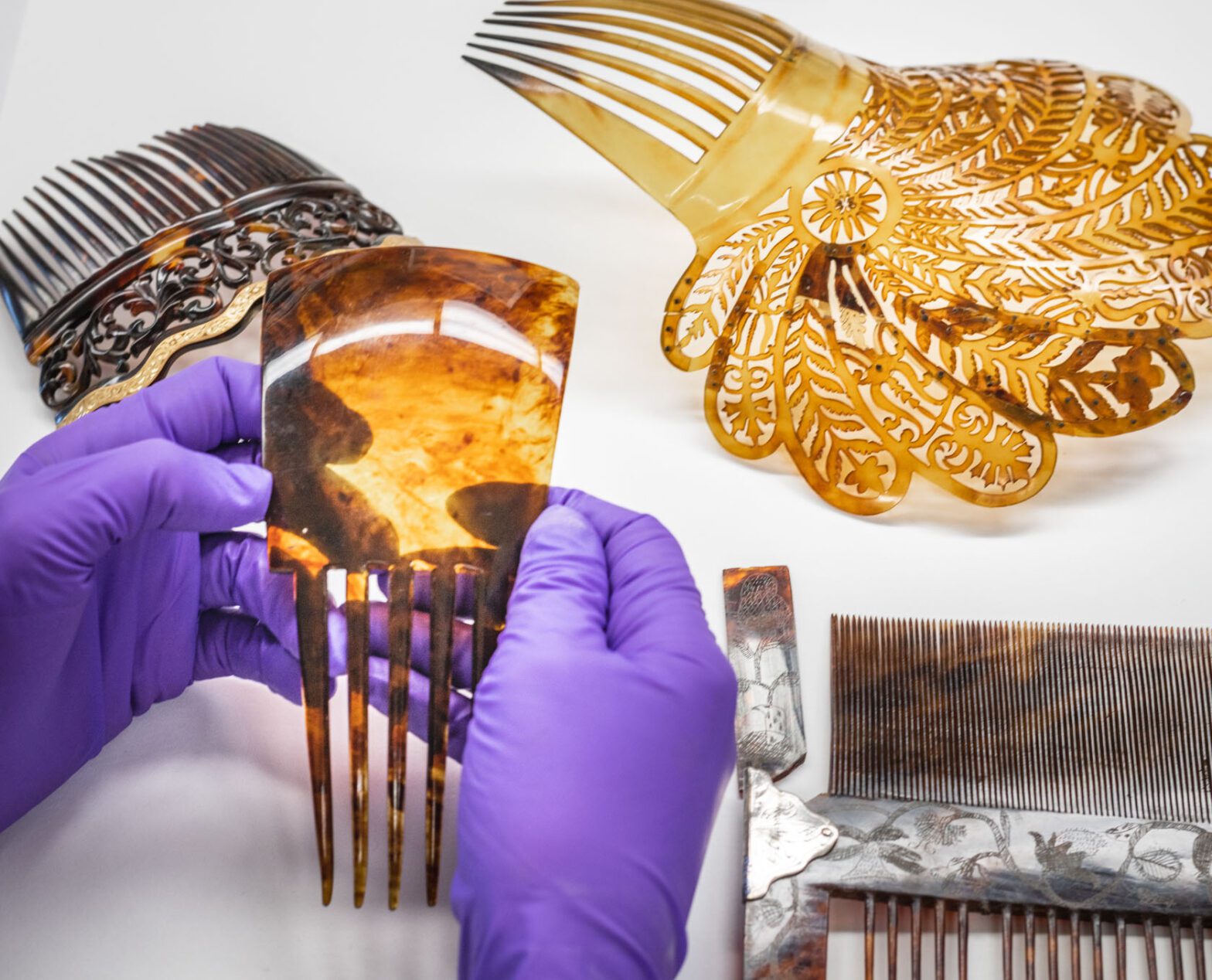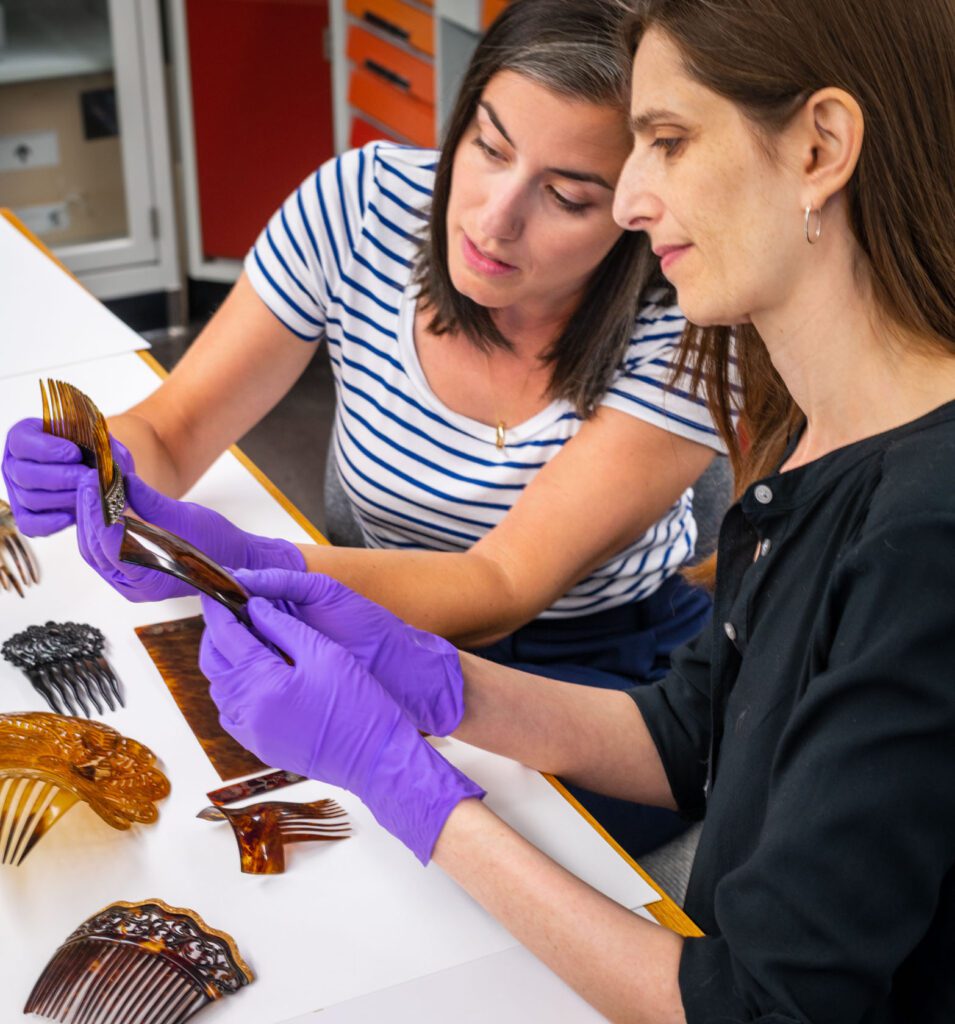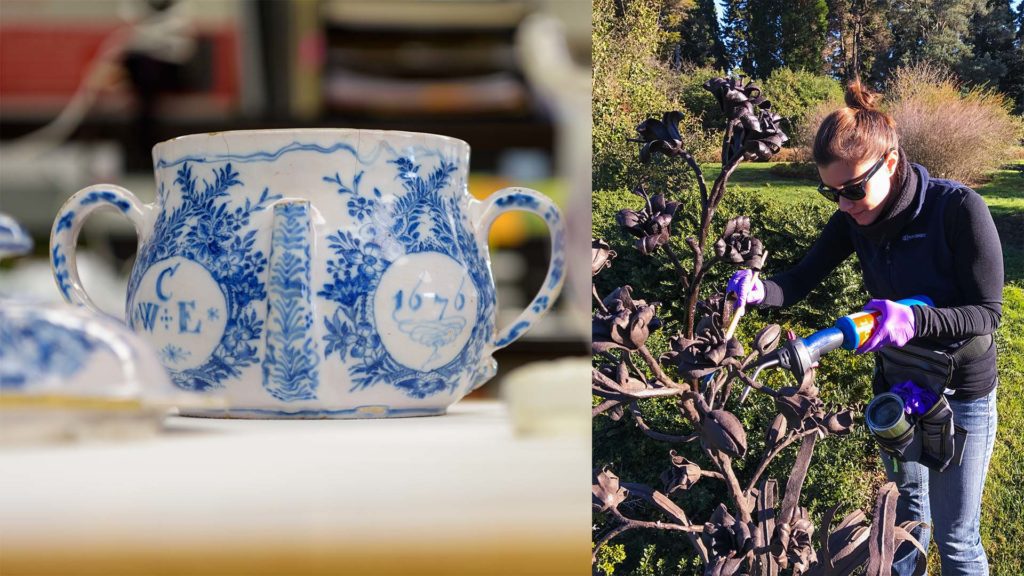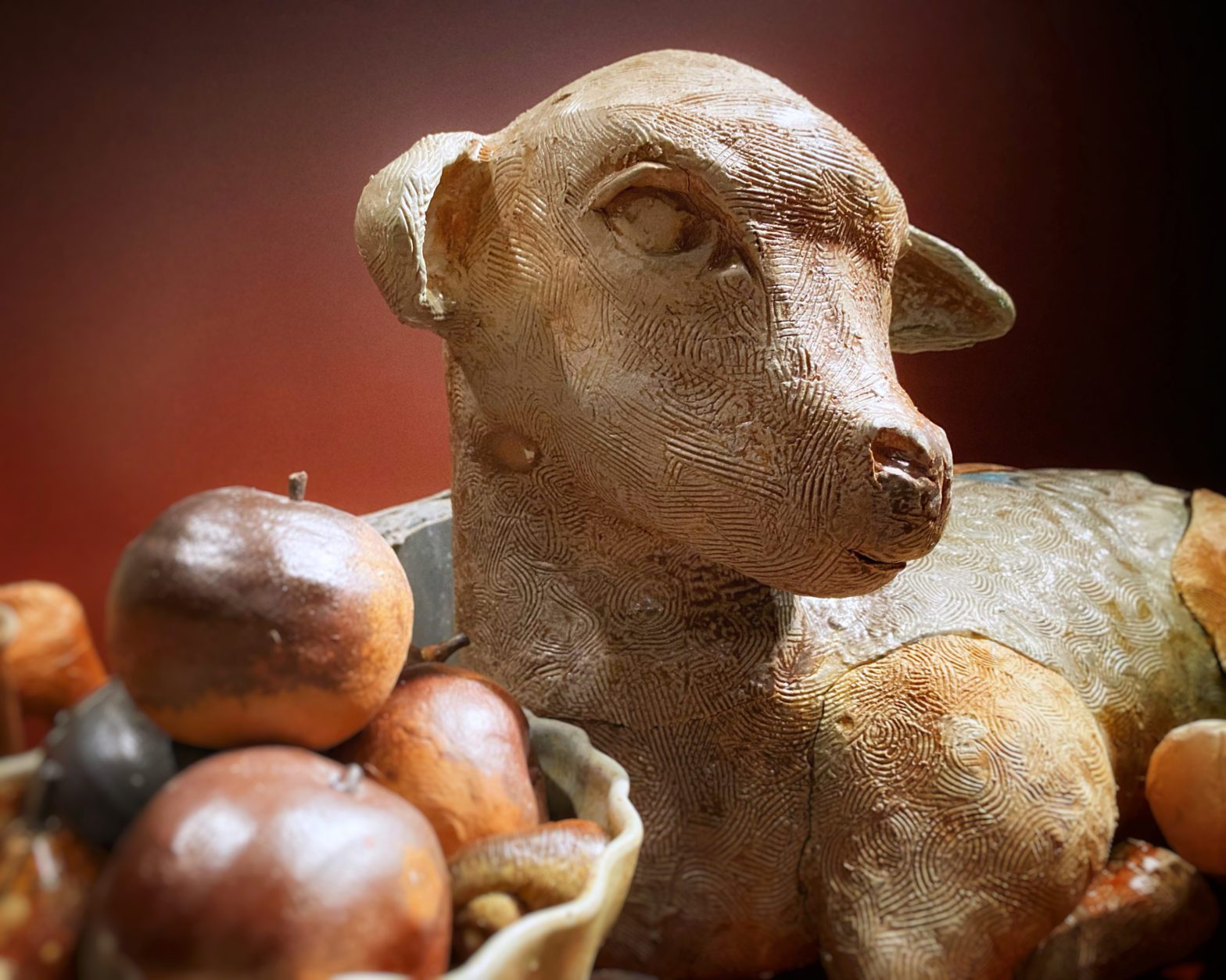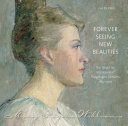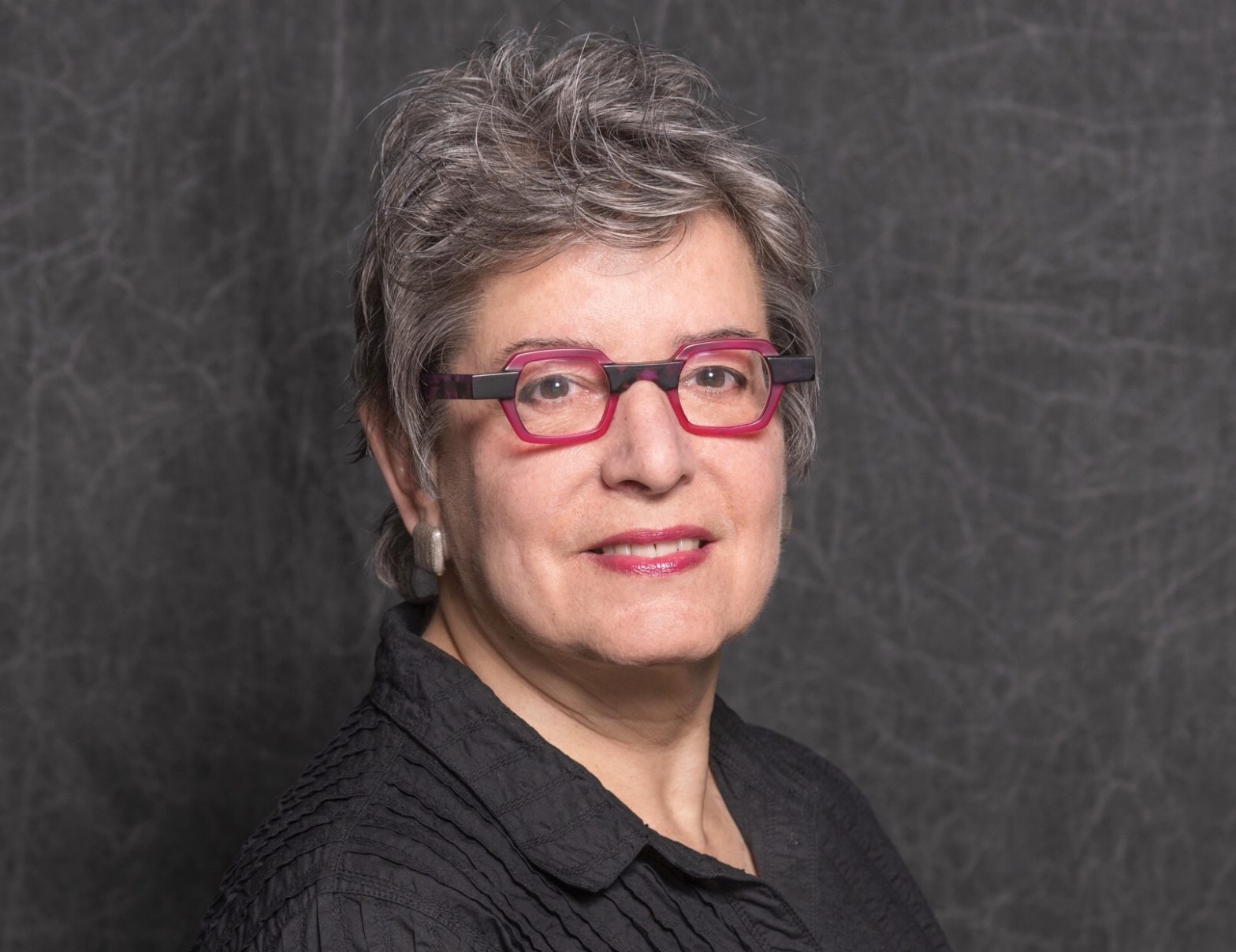Over more than 30 years at Winterthur Museum, Garden & Library, Linda Eatons’s contributions to her workplace and the field of textile arts and history have been numerous and invaluable. Her impact and influence are immeasurable.
Linda was recognized around the world for her leadership in the field of interdisciplinary textile scholarship. A specialist in textile conservation as well as textile history, she advanced technical and scientific knowledge of textiles broadly. At Winterthur, Linda oversaw the acquisition, interpretation, care, and exhibition of the museum’s textile collections, which includes nearly 20,000 furnishings, articles of clothing, rugs, quilts, and needlework.
Sadly, Linda passed on August 18, 2021, after a courageous battle against a long-term illness.
“Linda was one of those rare individuals who could speak with authority on detailed and technical matters one moment and in the next could sweep you away with her profound appreciation for the artistry and craft of an item,” said Chris Strand, the interim CEO of Winterthur. “She shared this gift through her teaching, her mentoring of staff and students, and the creation of our most popular and engaging exhibitions. All of us will miss her passion and her friendship.”
Linda has shared her knowledge and expertise through teaching hundreds of graduate students in the Winterthur Program in American Material Culture and the Winterthur/University of Delaware Program in Art Conservation. She inspired future curators by widely sharing her enthusiasm with everyone from kindergartners and her graduate students to serious quilters, stitchers, designers, embroiderers, and general audiences. Hundreds of loyal followers attended her regular needlework conferences at Winterthur.
Linda curated popular and scholarly exhibitions about embroidery such as Quilts in a Material World; Needles and Haystacks: Pastoral Imagery in American Needlework; With Cunning Needle: Four Centuries of Embroidery; The Diligent Needle: Instrument of Profit, Pleasure, and Ornament; and Embroidery: The Language of Art, as well as Betsy Ross: The Life Behind the Legend, co-curated with Dr. Marla Miller. Linda curated the popular Treasures on Trial: The Art and Science of Detecting Fakes, and she was an instrumental partner in one of Winterthur’s most memorable exhibitions, Costuming THE CROWN in 2019, the only exhibition of costumes from the popular Netflix series.
Her publications include Quilts in a Material World: Selections from the Winterthur Collection (2007), and Printed Textiles: British and American Cottons and Linens, 1700–1850 (2014), a revision of Florence Montgomery’s seminal 1970 book. Linda’s latest publication, Erica Wilson: A Life in Stitches, co-authored with Anne Hilker, was released in December 2020.
“Linda must hold the record for number of scholarly publications and exhibitions emanating from Winterthur,” said Tom Savage, the former director of external affairs at Winterthur and a longtime friend. “Her Quilts in a Material World book and exhibition placed Winterthur’s extraordinary collection in a global context. There was nothing parochial about her approach. She knew the wide world of textiles internationally and brought that vast knowledge to the study of the most minute topic. Her update of Florence Montgomery’s Printed Textiles gave this landmark work new life as the publication of record on the topic. Two generations of scholars benefitted from her tutelage at Winterthur as conservator, then curator of textiles and McGraw director of collections, and her star pupils now head noted collections of textiles.”
Linda’s students and mentees care for renowned collections at such institutions as the Victoria and Albert Museum, The Art Institute of Chicago, the Los Angeles County Museum of Art, the National Museum of the American Indian, Colonial Williamsburg, and the Museum of New Zealand Te Papa Museum Tongarewa, as well as Winterthur. Linda was also a founding board member of the North American Textile Conservation Conference and a member of the board of Textile Society of America.
“Linda arrived in 1990 as the head of textile conservation and was initially my supervisor,” said Joy Gardiner, head of Conservation for Winterthur. “She quickly proved an excellent mentor to me and so many others, and she became a long-term good friend for my family—a wonderful presence and influence in our daughter’s life. Linda was a textilian to her core and a staunch—one might even say fierce—advocate for the objects made from fibers and the people who created them. In her generous sharing of this advocacy in teaching, publications, workshops and exhibitions, she fostered an expanded appreciation of the medium at Winterthur and well beyond. Her influence will be long lasting.”
Outside the museum and the classroom, Linda served as the volunteer president of the Arden Craft Museum Board, which preserves the unique history of three communities known collectively as The Ardens. Linda’s leadership helped to transform the museum into a center of the villages that offers year-round programs and attracts researchers from around the country.
Linda trained at the Textile Conservation Centre and the Courtauld Institute of Art before working for the National Museums of Scotland. Linda arrived at Winterthur in 1991 as a textile conservator. She became curator of textiles in 2000 and was promoted to director of museum collections and senior curator of textiles in 2009. Linda was named the John L. and Marjorie P. McGraw Director of Collections and Senior Curator of Textiles in 2012. She retired in December 2020. An endowed curator of textiles position was recently created in her name.
Though the Winterthur community is saddened by Linda’s passing, we honor her legacy in our daily work and continue to celebrate her accomplishments and influence on the field. Others who wish to honor Linda may make a donation to the Linda Eaton Curator of Textiles endowment at https://my.winterthur.org/donate/i/lecurator.
View the Press Release online.
